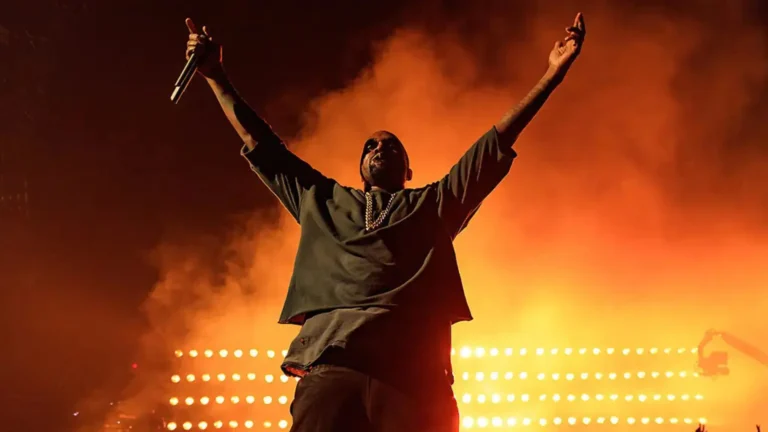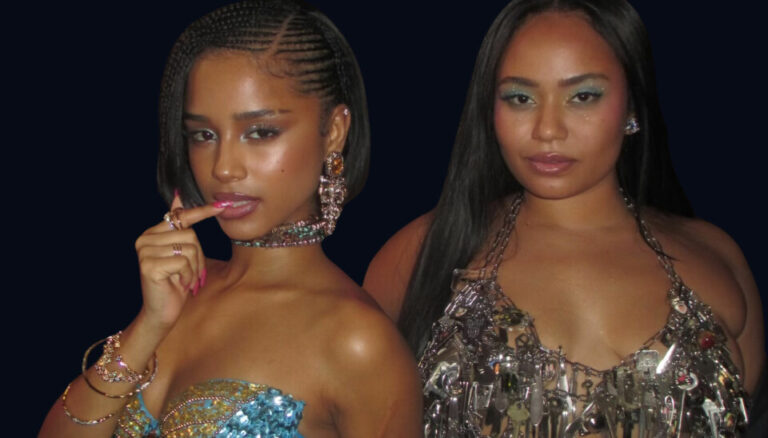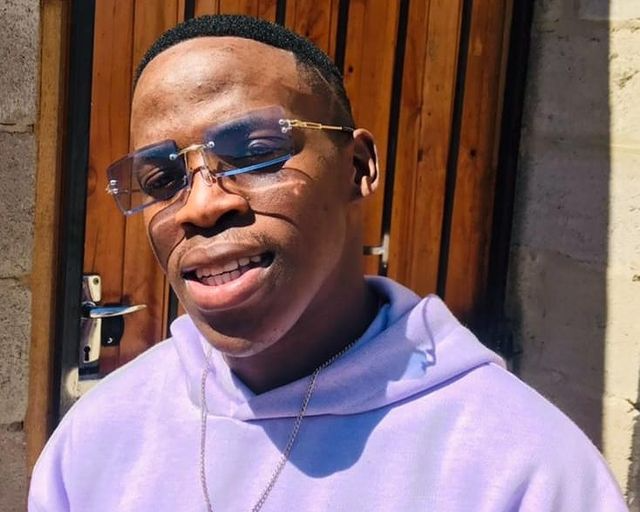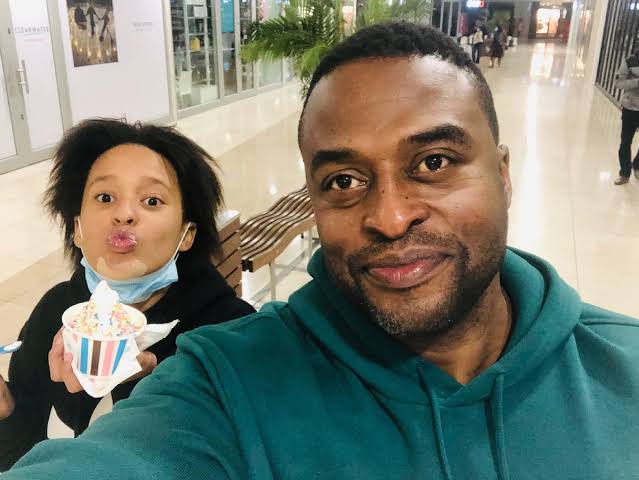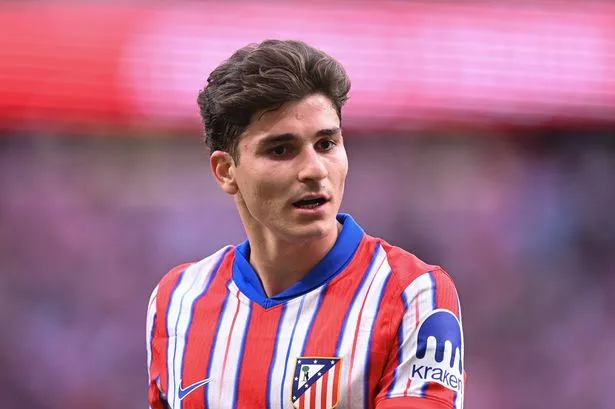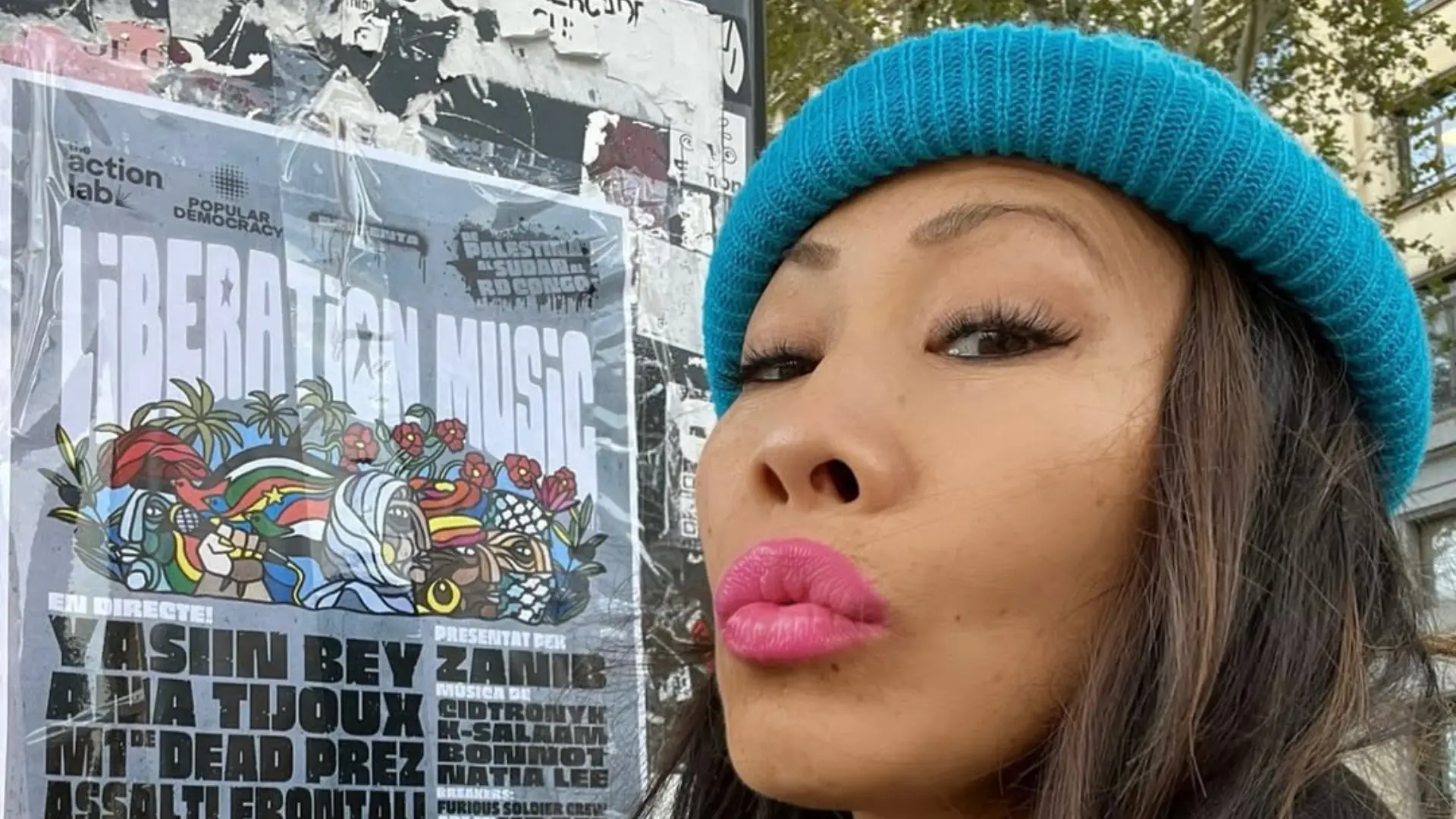
Step into the lens of internationally acclaimed New York City photographer JBoogie (@jboogielove) as she unveils a powerful visual showcase capturing hip-hop’s raw energy, global influence, and cultural heartbeat — with a touch of beauty from around the world.
Upon entering, I notice a serene ambiance in the room, with only a handful of individuals present, taking in the exhibit. Accompanied by Osmic, a prominent figure in South African Hip-Hop, I observe the attendees. They appear captivated, their gazes shifting around the museum as they discover the art on display. It seems many are visiting for the first time, and while the space is still evolving, it possesses an enchanting quality.
The weather is ideal, three days prior to Back To The City Festival, the preeminent Hip-Hop festival in the nation. Minutes later, the crowd begins to grow. Nema, my brother from Limpopo (VenRap), arrives, followed by the Butan Wear team, and soon after, my favorite rapper, Ginger Trill, joins the gathering. The entire industry seems present, united in anticipation of the insights the speakers are prepared to share.
Hennessy ensures that everyone is energized, providing that “LeBron James energy” everyone looks for at industry events, with a drink to elevate the atmosphere.
Then, attention shifts to the main attraction of the day — JBoogie.
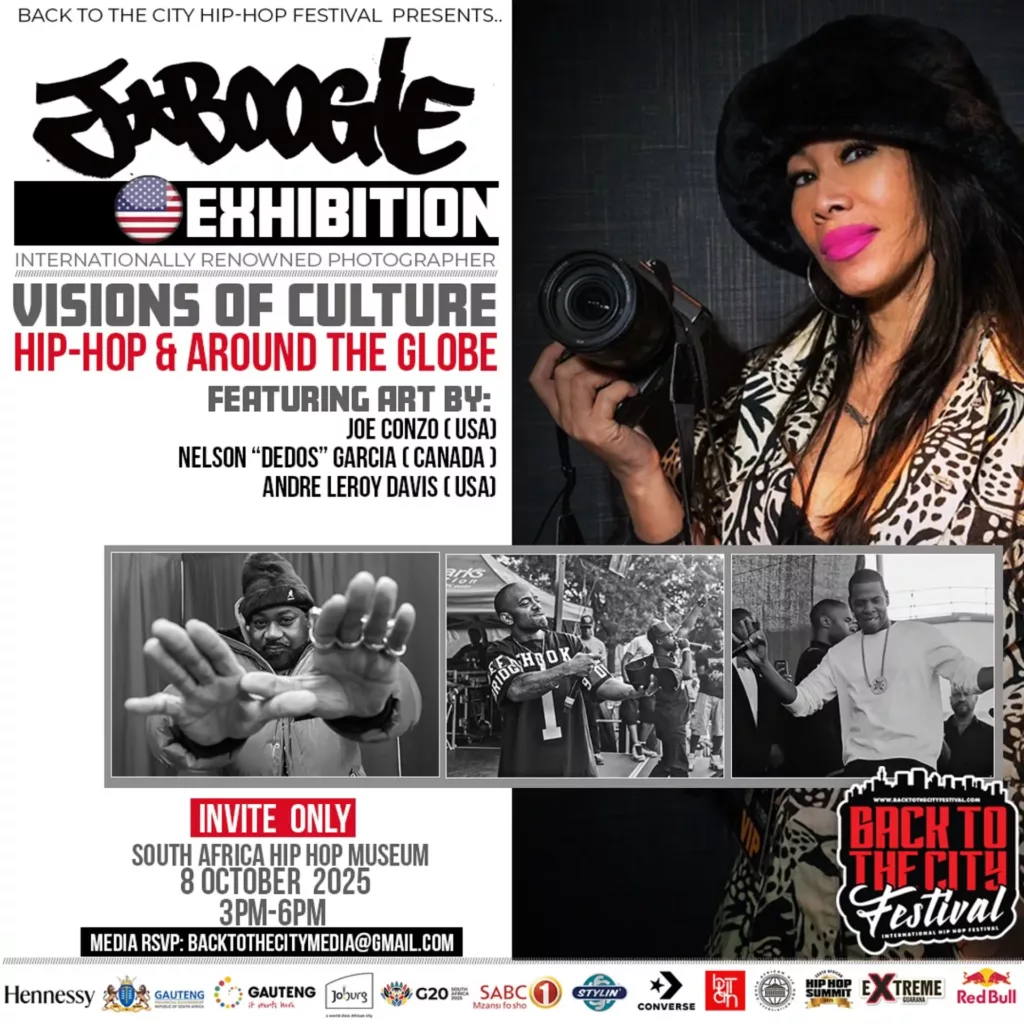
For the following hour, we delve into the remarkable experiences of one of the most esteemed photographers in the Hip-Hop community. JBoogie shares her archives, presenting unforgettable moments from her travels across 93 countries. Her storytelling flows seamlessly, leaving a lasting impact on her audience.
“When I’m here in South Africa, I love seeing different hoods. I always ask to be taken to Soweto,” she tells the crowd. “It’s so vast here — you guys have been part of Hip-Hop for so many years.”
Her affinity for the culture is evident. As she continues her narrative, she reflects on the lasting bonds she has forged with artists from various backgrounds.
“The first place I visited in South Africa was Cape Town — that was back in 2009. I met a lot of New Yorkers here in South Africa,” she shares.
This remark emphasizes the unifying nature of Hip-Hop, serving as a bridge across different regions and cultures.
It was astonishing to learn that several iconic images from my favorite Hip-Hop moments, including those featuring Wu-Tang Clan, Nas, Redman, Usher, and Busta Rhymes, were all taken by her. It’s striking to consider how much of Hip-Hop’s visual narrative has been shaped by her camera. Despite her impressive history, she remains approachable, taking the time to engage with South African Hip-Hop enthusiasts.

Photos by: @walik1
The event lasted about an hour, followed by an opportunity for photos and media interactions. The energy in the room was uplifting, with photographers mingling, exchanging stories, and fueling each other’s creative drive. I, a dedicated Hip-Hop journalist, documented the day through written accounts and discussions.
This gathering would not have been possible without Pumla. Those immersed in the culture understand her significance—Pumla is a pivotal figure. She ensures that media outlets receive the respect and representation they deserve at these events.
Connect with @jboogielove across all social platforms to witness her remarkable body of work. This gathering transcended mere exhibition; it was a profound journey through time, conveyed through the perspective of one of Hip-Hop’s leading photographers.

